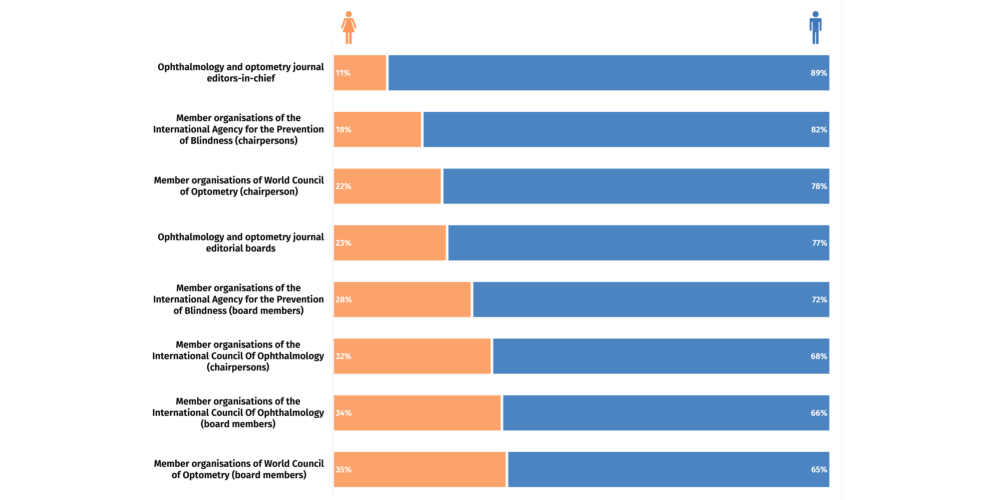 Key messages:
Key messages:
The B4 School Check (B4SC) vision screening service is successfully delivered to most New Zealand preschool children. However, for some groups of children, the B4SC is less accessible and more likely to deliver an incomplete test measurement. This includes Māori and Pacific children, and those living in areas of higher deprivation or in particular regions of New Zealand.
Read the published paper and download a plain language summary of the findings.
About preschool vision screening
Preschool vision screening helps to identify children with eye problems. Early treatment can then prevent permanent vision loss and difficulties at school. In Aotearoa New Zealand, all children 4 years of age are offered a free vision screening test as part of the national B4SC screening programme, and children identified for further testing are referred to eye clinics for treatment. In principle, all children in New Zealand can participate in the B4SC. However, the B4SC is inaccessible for some children, for various reasons such as difficulties in scheduling an appointment. Sometimes the vision screening test is unable to be completed (for example, due to language barriers).
Why did we do this research?
We conducted this research to understand whether there are any inequities in the B4SC vision screening programme between children from different ethnicities, or living in areas with different levels of deprivation or in particular regions of New Zealand.
What did we do?
Using information from the Statistics New Zealand database, we counted the number of children in New Zealand aged 4 years between 1st July 2011 and 30th June 2015. For each child, we recorded their ethnicity, and the level of deprivation of the area they lived and the health district where they live. We calculated how many of these children accessed vision screening (the screening “coverage”), and how often the screening test was performed successfully (the screening “testability).
What did we find?
Screening coverage: Nearly 90% of children could access the B4SC. The B4SC was less accessible to children of Māori, Pacific, Asian, or other minority ethnicities, or living in more deprived areas. This service was also less accessible for children in the Capital and Coast health districts than those in other regions.
Screening testability: The test was successfully completed for almost all the children who participated (97.7%). Completed testing was lowest for children of Māori or Pacific ethnicity, or living in more deprived areas. Children in the Whanganui health district were more likely to have an unsuccessful screening test compared to other regions.
What’s next?
We need improve the way the B4SC vision screening programme is delivered so that it is equally accessible to all groups of children. In particular, this should involve consultation with Māori. Future research should examine why there are regional differences in screening rates across New Zealand.
Citation: Findlay R, Hamm L, Anstice N, et al. Vision screening in New Zealand pre-school children: Is it equitable? J Paediatr Child Health. 2021;57:1594–9. doi: 10.1111/jpc.15548.
Funding: A Better Start – National Science Challenge



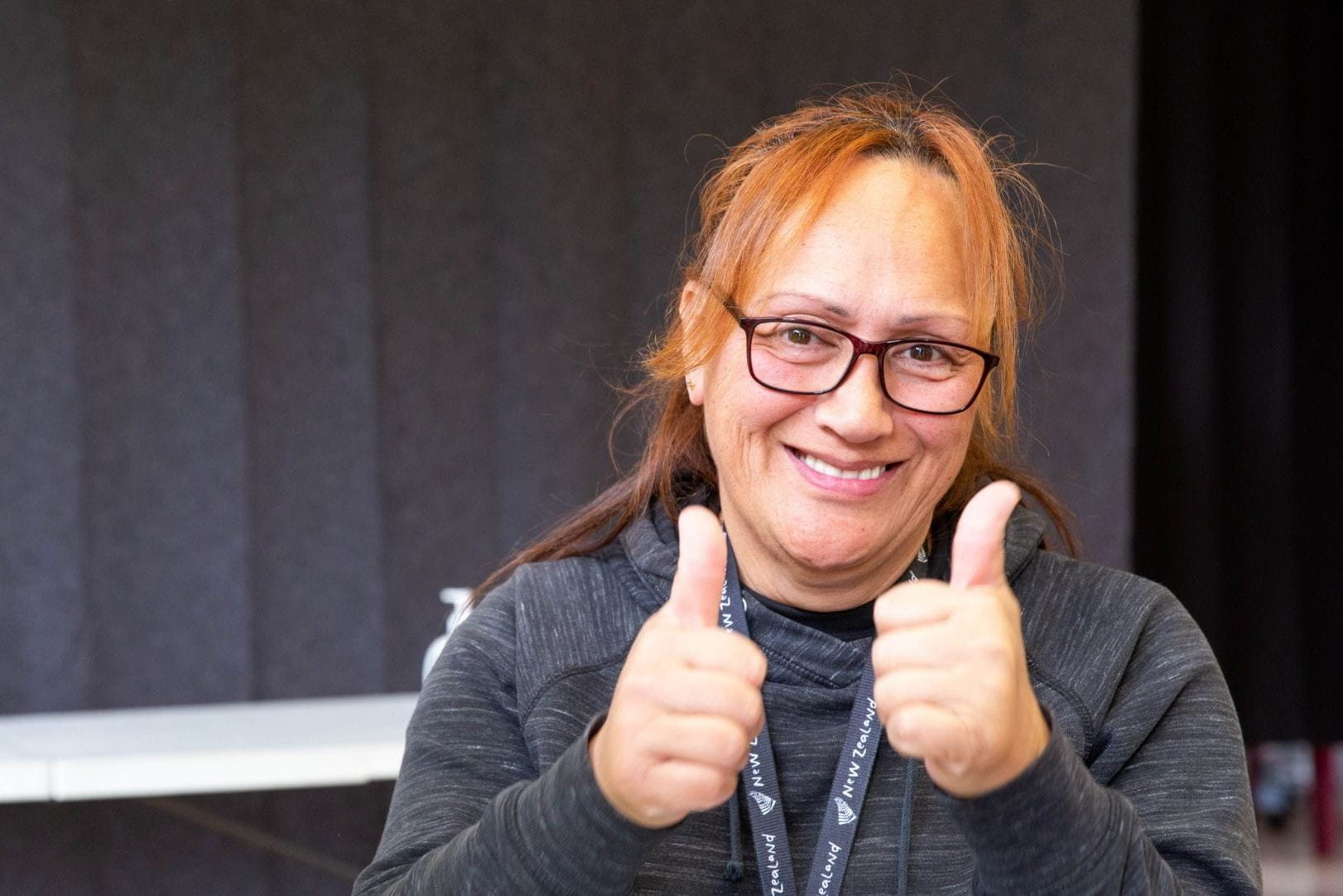

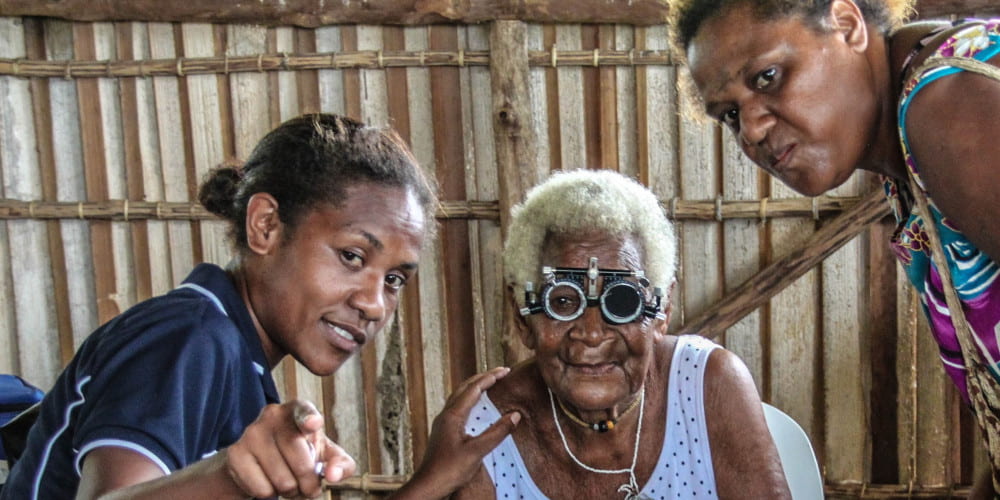
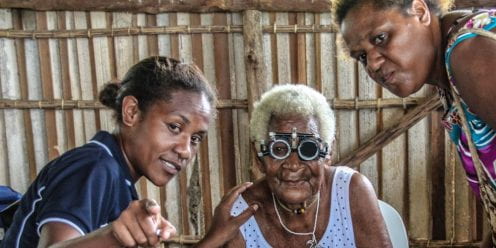 International Agency for the Prevention of Blindness, September 2021
International Agency for the Prevention of Blindness, September 2021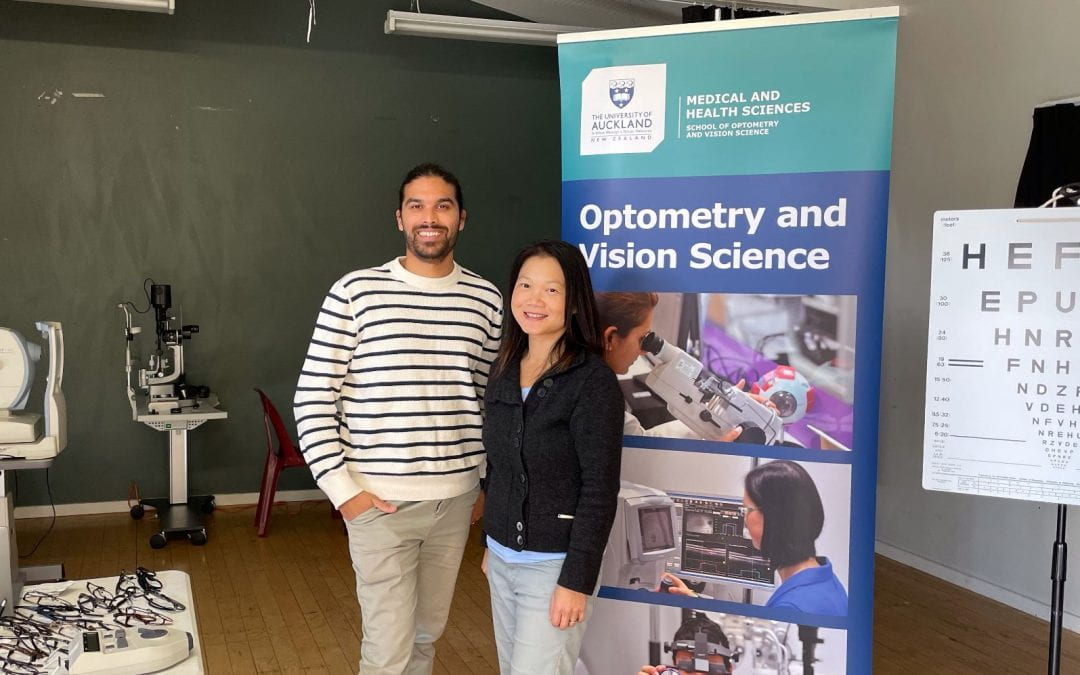
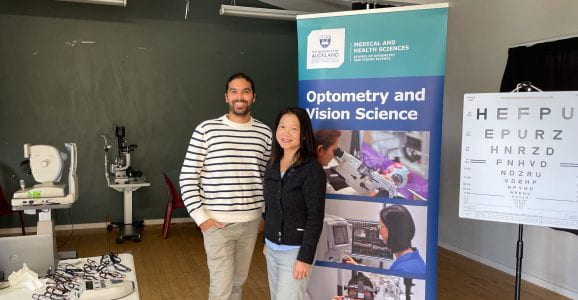
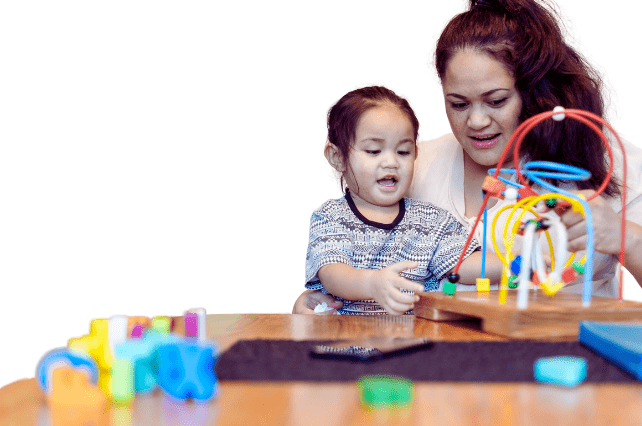
 Key messages:
Key messages: